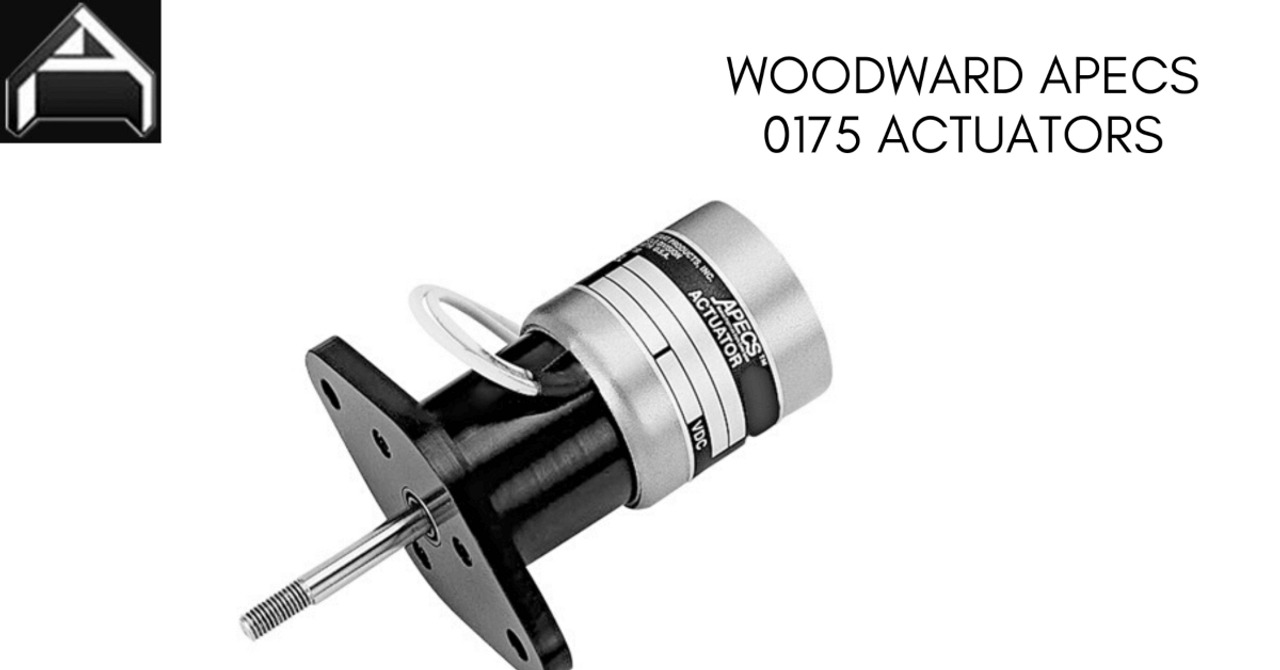Actuators are the system components that receive feedback from the control signal to instigate motion. But just like any other device on the planet, the types of actuators require an energy source, which could be pneumatic pressure, electric energy, or hydraulic fluid pressure. The powered actuator then creates movements based on the use of the machine. A better understanding of the different types of actuators will help you analyze and solve issues.
Types of actuators
We can categorize the devices by the motion produced and the power source used. As for movement, it can be linear or rotary. Linear actuators create action within a straight line. On the other hand, rotary actuators produce circular motions. The classifications based on energy source include:
- Pneumatic actuator
The pneumatic actuator would be ideal if you were looking for an actuator that can provide specific motions, especially when starting or stopping a machine. This reliable actuator is among companies' favorites because of its fast response as the operation is not dependent on reserved power.
High pressure is applied to compressed air or a vacuum, forming energy to be converted into linear or rotary motion. With even the slightest pressure change, significant forces are created. These forces use valves to move the diaphragms where the liquid flow is affected by the valve. The actuators are best for bus brakes, vane motors, pneumatic mailing systems, exercise machines, and pressure sensors.
- Electric actuator
As the name suggests, it uses electricity for power, where electric energy is converted to mechanical torque. Since it doesn't use oil, this option is cost-effective and readily available. In this case, precise motion is achievable because the electrical flow is constant. It applies to electric cars, robotic equipment, and manufacturing machinery.
The electrically powered mechanical linear actuator consists of motors, drive mechanisms, and linear guides to convert electrical energy into linear displacement. It depends on electromagnetism, mechanical transmission, or thermal expansion to produce a straight line push or pull movement. These actuators are mainly used in applications where the machine or tool needs a controlled linear motion to achieve a precise position. Linear electric actuators can be driven by the ball or lead screws, voice coils, belts, and many more and are commonly used in locking doors, opening and closing dampers, and brake machine motion.
- Electric rotary actuator
The electric-powered mechanical device consists of motors and output shaft mechanisms, limiting rotary travel used for converting electrical energy to rotary motion. They are suitable when the gate, valve, or other part needs a controlled movement for achieving specific rotational positions. Their use extends to industries where positioning is essential.
- Hydraulic actuator
These actuators operate by utilizing the fluid-filled cylinder with piston suspension at the center section. Since it is designed with a hollow cylindrical tube, the piston can slide easily. Single-acting is when pressure is applied to one side of the piston, making the piston move in a single direction. The return stroke involves the use of a spring. When the pressure is applied to both sides, that is called double-acting. This way, the pressure variance between the sides causes piston motion on either side. They are commonly used for exercise equipment, and car transport.

